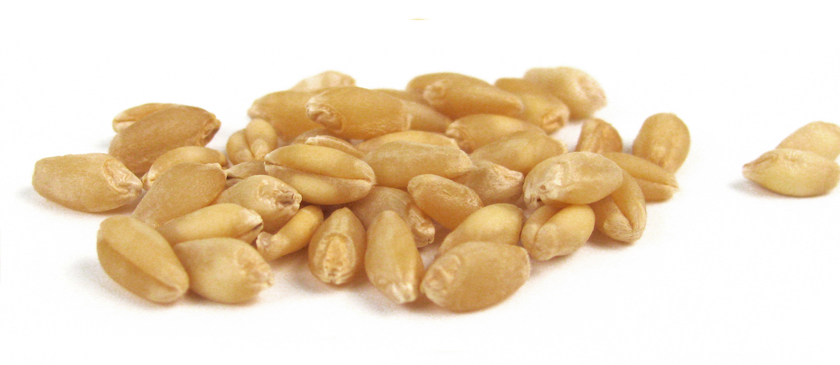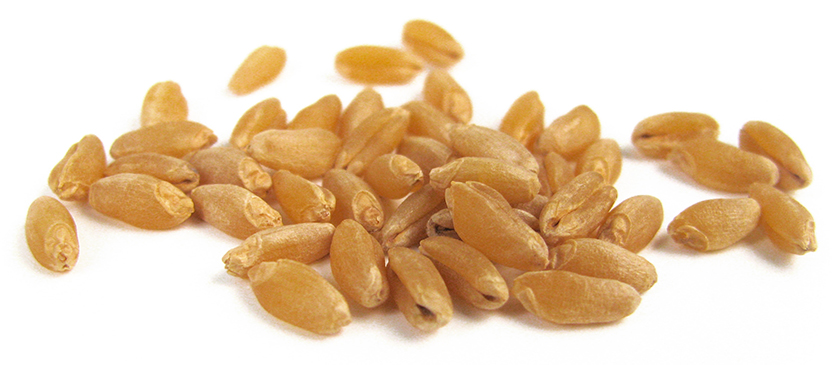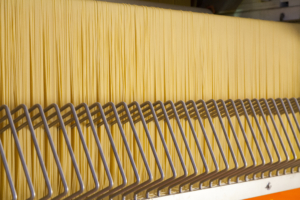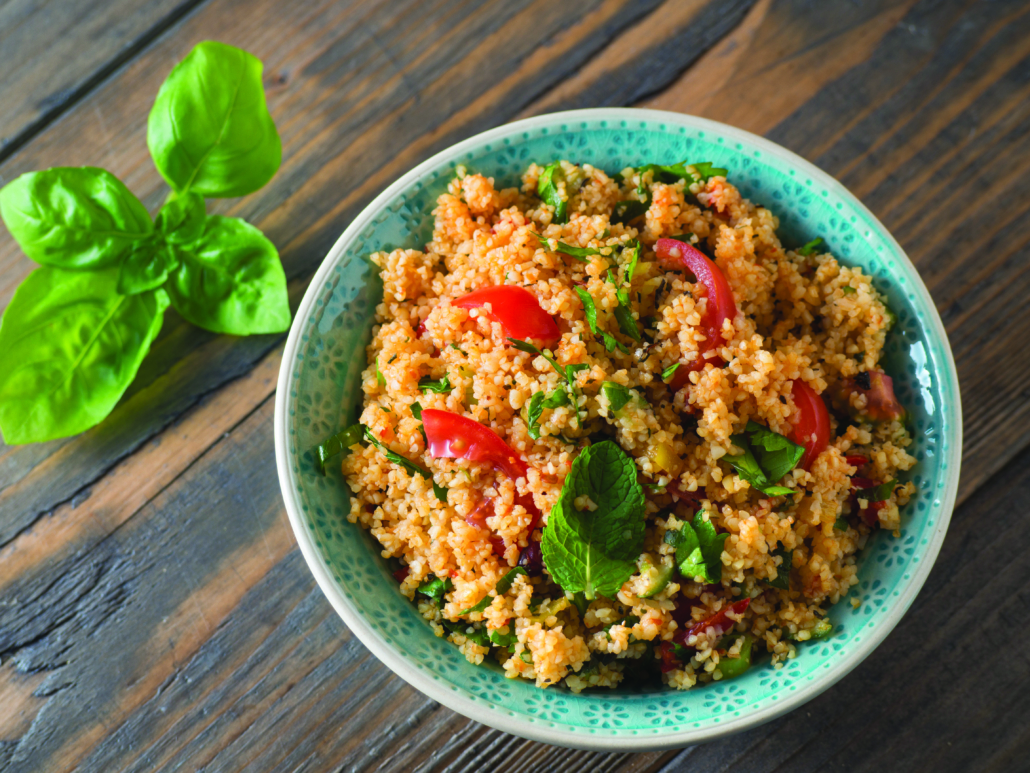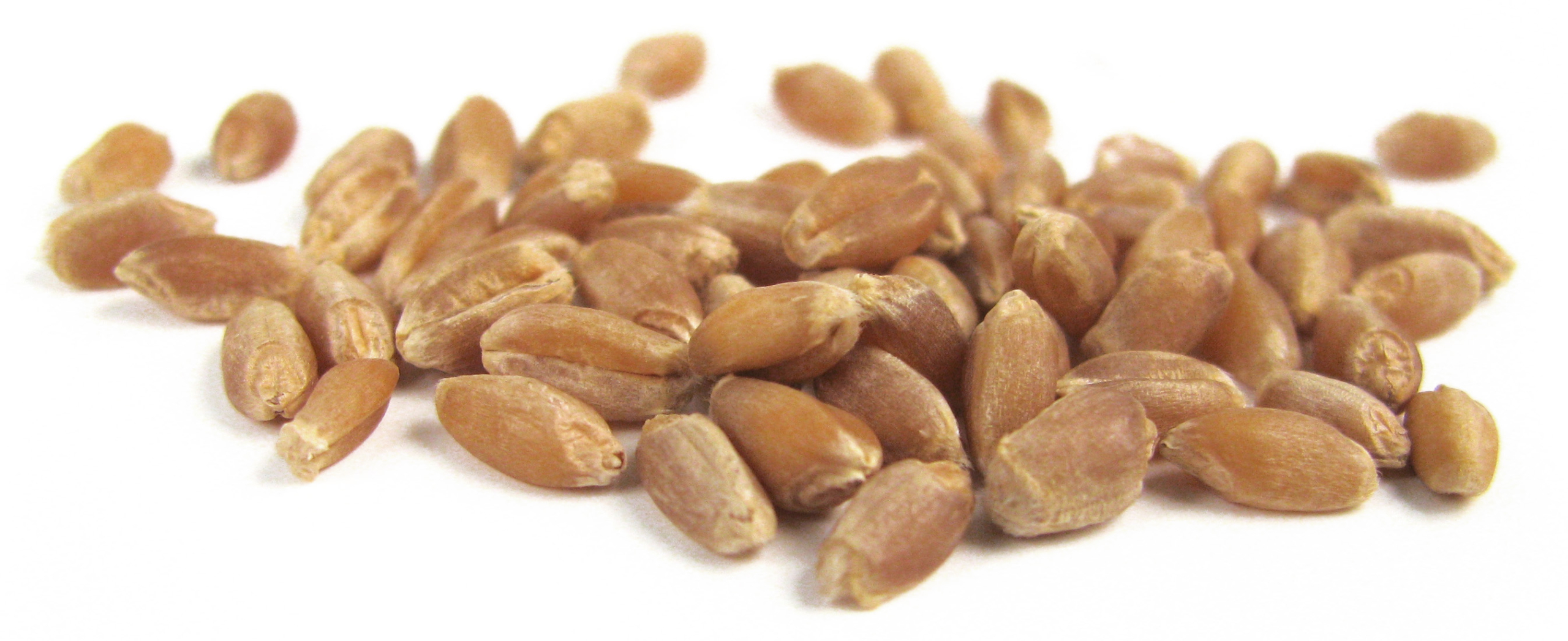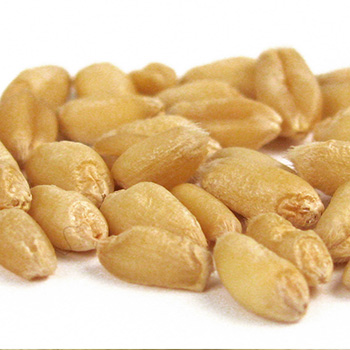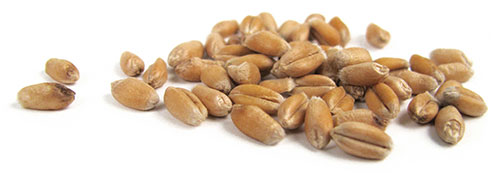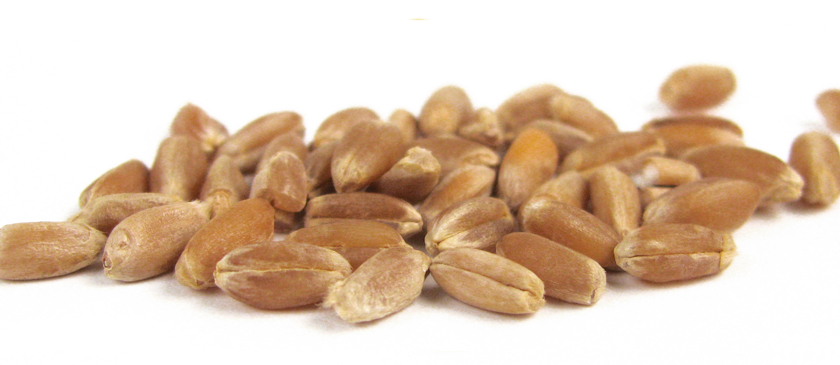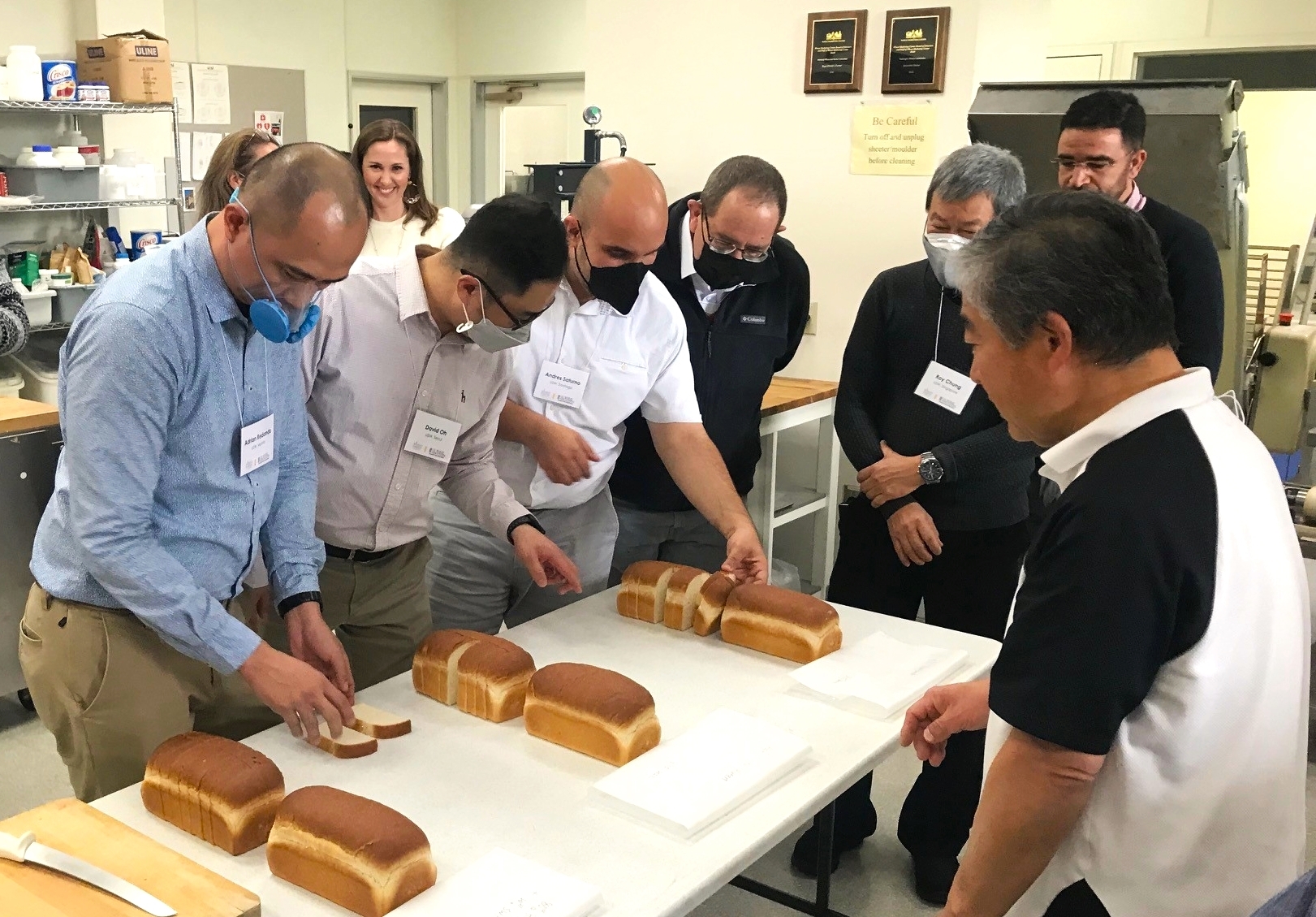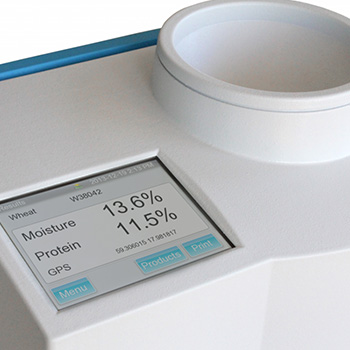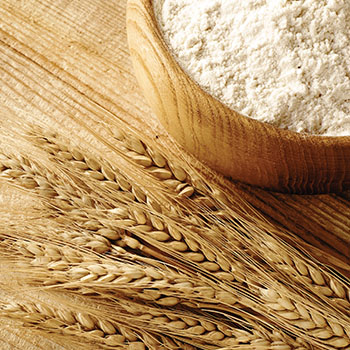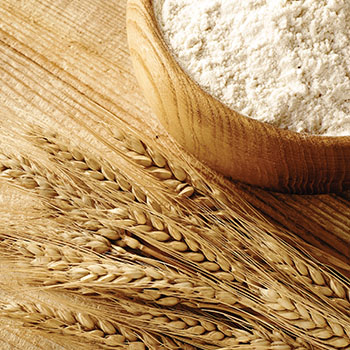Everyone at U.S. Wheat Associates (USW), Kansas Wheat, and the entire U.S. wheat industry are shocked and saddened by the sudden passing of our colleague Mark Fowler at his home in Manhattan, Kansas, on Feb. 20, 2023. Mark joined USW in 2017 and was Vice President of Global Technical Services.

Mark Fowler, 1970 – 2023
Mark was 52 years old and is survived by his wife Courtney, their daughters Piper and Paige, his mother Ruth Fowler, and his sisters Rhonda (Scott) Gordon and Amy Fowler. Funeral services were held on Saturday, February 25, at 10:30 a.m., at the College Avenue United Methodist Church, Manhattan, Kansas. Obituary and memorial information are posted at https://www.robertsblue.com/. Condolences may also be sent to robertsblue.com, mailed to Kansas Wheat, 1990 Kimball Ave, Manhattan, KS 66502, or emailed to [email protected] to be shared with the family.
“Mark’s passing is a great personal and professional loss for our organization and the wheat farmers we serve,” said USW President Vince Peterson. “Mark embraced his work and our mission with enthusiasm; as a result, our technical experts are better equipped and motivated partners for our many customers across the world. Our most sincere sympathy goes out to Mark’s family and to the wheat community he loved.”
“I’ve had the pleasure of working with Mark in various capacities in the wheat industry over the past 20 years,” said Justin Gilpin, Kansas Wheat CEO. “His impact and network of friends reached around the globe. He was a strong asset to the U.S. wheat industry and farmers, and a friend that will be dearly missed.”
Mark Fowler grew up on his family’s farm near Emporia, Kansas. He earned a bachelor’s degree in Milling Science and Management from Kansas State University (K-State), and later returned to complete a master’s degree in Agricultural Economics.
His career began as a flour miller first for Cargill, Inc., and then Seaboard Corp. In those roles, Mark ran flour mills, worked on projects in several developing countries, including Ecuador, Guyana, and Haiti, and worked as a technical director of the Africa Division within Seaboard’s Overseas Group in Durban, South Africa. Later, he spent 12 years back at K-State as a milling specialist and associate director at the IGP Institute, in the university’s Grain Science and Industry department.
As a highly respected flour milling expert, Mark also served as a technical milling consultant for USW, as well as the Northern Crops Institute (NCI), allowing him to become well acquainted with many USW staff and overseas customers.
Before joining USW, originally as Vice President of Overseas Operations, Mark was the President and CEO of Farmer Direct Foods, Inc. a farmer-owned, flour milling company in New Cambria, Kansas.

Mark Fowler served as a respected milling consultant, here with customers at a flour mill in Taiwan, before joining USW in 2017 .
“Throughout my career, I have experienced the global impact of the milling industry from several perspectives,” Mark said when he joined USW. “I am excited to engage with friends and colleagues in the industry to advance the U.S. wheat export market development mission.”
Mark most certainly did advance USW’s mission through his dedicated service, mentoring and friendship. The photo at the top of this page shows Mark with colleagues Ady Redondo, USW Manila; David Oh, USW Seoul, Roy Chung, USW Singapore; Marcelo Mitre, USW Mexico City; Joe Bippert, USW Manila; and Wei-Lin Chou, USW Taipei. All his colleagues will miss him deeply.


